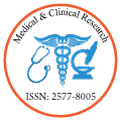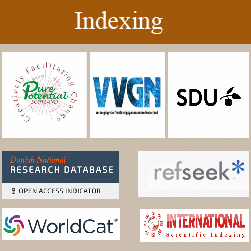Hypofractionated External Beam Irradiation with Single HDR Iridium 192 Boost in the Treatment of intermediate and High Risk Prostate Cancer Patients Initial acute and late side effects
Author(s):
James Fontanesi*, Jeffrey Schock, Sity Girgis, Fadi Eliya, William K Johnston III, Gregory McIntosh, William McDevitt, Victoria Williams, Giovanni R Fontanesi
, Karen Roszczewski and Misbah Gulam
Purpose: Dose escalation has been shown to improve biochemical outcome in the treatment of prostate cancer. The use of precision radiotherapy whether using IMRT, proton’s or other appropriate means have been utilized in an effort to reduce side effects while engaging in dose escalation. However, it is well known that best way to ensure precision delivery of radiation is with the use of brachytherapy. In prostate cancer the use of HDR brachytherapy exploits the low α/β ratios. We sought to evaluate our combination of moderate hypofractionated external beam irradiation with a single HDR boost in terms of acute/late toxicity in patients with intermediate and high risk prostate cancer.
Method: 69 patients whose age range from 49 to 83 (med = 69 y.o.) years old were offered treatment utilizing the combination of moderate hypofractionated external beam irradiation and single HDR boost. The external beam irradiation consists of 17 fractions of 250 cGy per fraction, which using BED evaluation most closely approximated our previous more conventionally delivered external beam (23 fractions/200 cGy per fraction) irradiation in this setting. All patients were treated with either 3D conformal or IMRT; within 2 weeks of completion of external beam irradiation a single 1500 cGy iridium 192 implant was delivered. Our dose constraints have been previously published but our stated goal was to delivered 98% of the dose to the prostate treatment volume identified by ultrasound. 29 patients received ADT at the discretion of the treating Urology team. Follow up has been maintained on all patients and has ranged from 11 to 53 months (median 37 months).
Results: Assessment of acute / late toxicity was assessed using the RTOG/EORTC criteria. Overall 36/69 (52%) developed ACUTE GI toxicity. 49% developed Gr I/II while two patients developed Gr III. 14.5% reported late GI toxicity, all were GR I / II. Without surprise 98% reported acute GU toxicity. Of these 67/69 had Gr I/II with a single patient reporting GR III. However, after 6 months only 8 (11.5%) had persistent GR I/II issues. An additional patient went on to develop GR III toxicity.
Conclusion: While further follow up will be required before definitive statements can be made regarding the oncologic effectiveness of this treatment combination, the early toxicity profiles are very encouraging. We continue to offer this treatment regimen for select intermediate/high risk prostate cancer patients.



